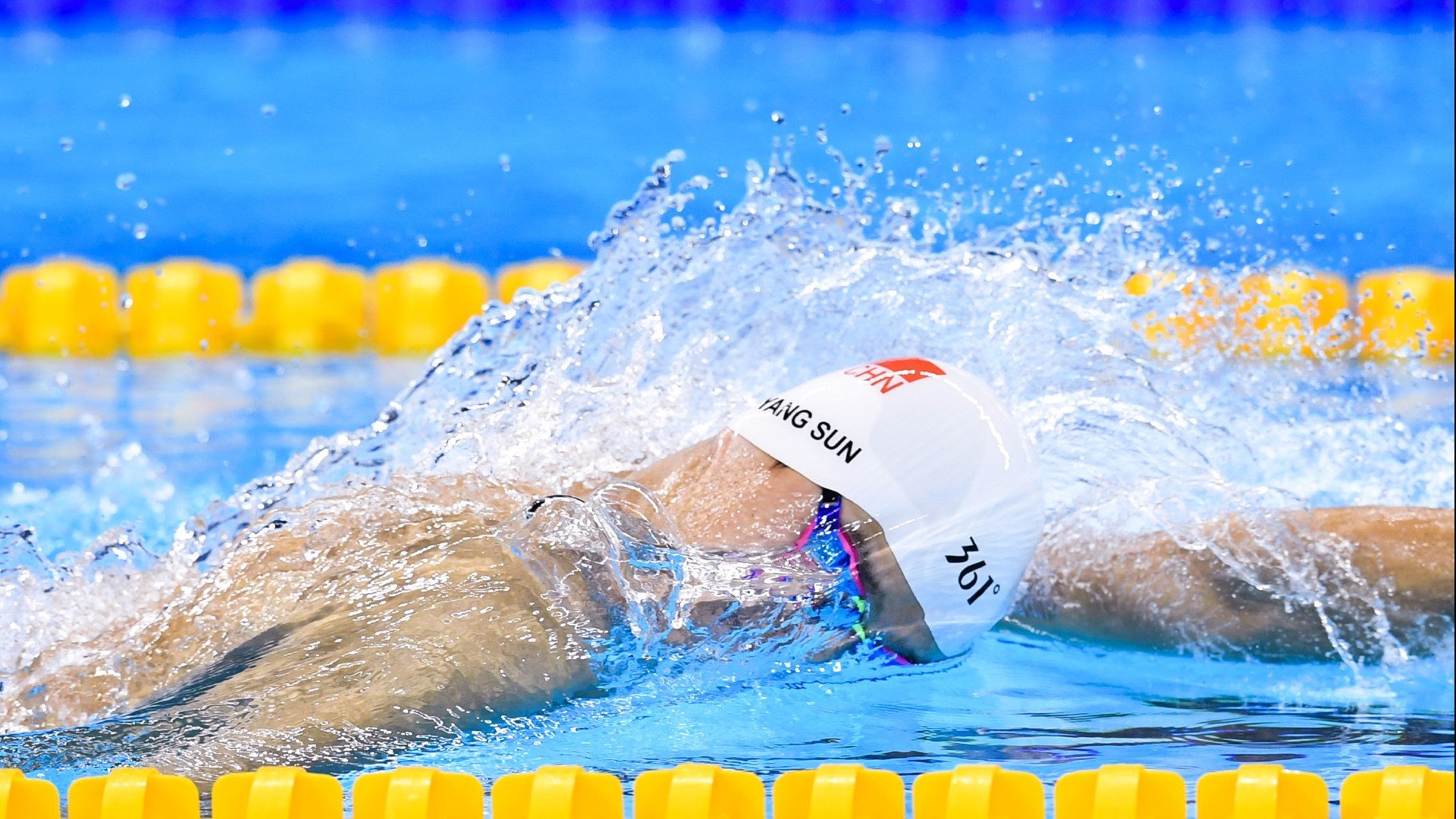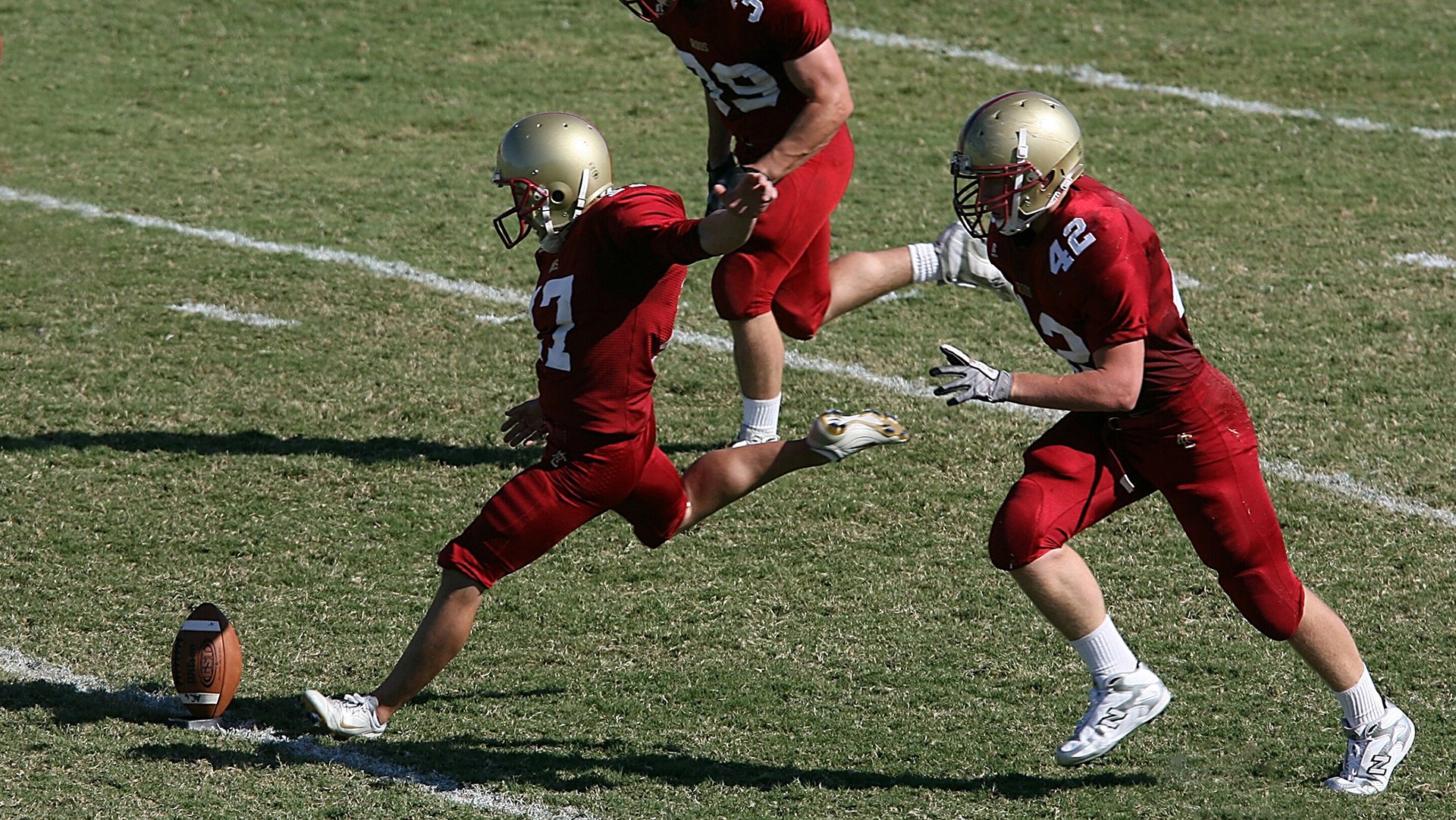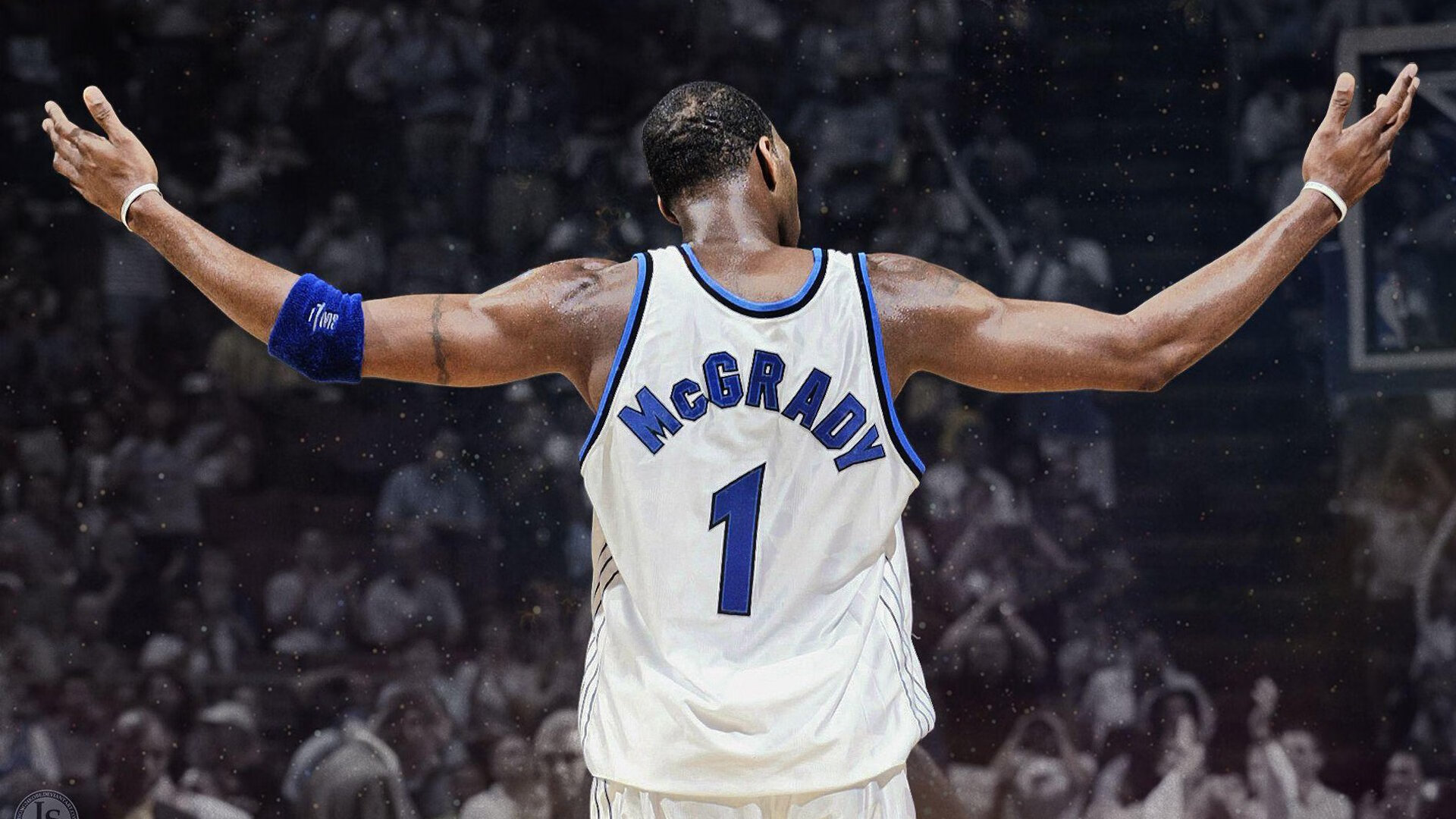Sports Programs: Basketball
Basketball, a sport that has captured the hearts of millions around the globe, offers a unique blend of athleticism, strategy, and teamwork. Whether you're a seasoned player or a casual observer, understanding the intricacies of basketball programs can enhance your appreciation for this dynamic game. In this article, we'll delve into the various aspects of basketball programs, from the history of the sport to the latest advancements in training techniques.
History of Basketball
Developed by Dr. James Naismith in 1891, basketball has come a long way since its inception. Initially designed as a way to keep students engaged during the winter months, the sport quickly gained popularity and evolved into the global phenomenon it is today. The first official basketball game was played on December 21, 1891, at the International Young Men's Christian Association (YMCA) Training School in Springfield, Massachusetts.
Over the years, basketball has seen numerous rule changes and innovations. The introduction of the three-point line in the 1970s revolutionized the game, making it more offensive and exciting. Additionally, the sport has expanded beyond its American roots, with professional leagues now operating in countries like China, Turkey, and the Philippines.

Types of Basketball Programs
Basketball programs can be categorized into several types, each catering to different age groups, skill levels, and interests. Here's a breakdown of the most common types:

| Type of Program | Description |
|---|---|
| Recreational Leagues | Open to players of all skill levels, these leagues focus on fun and fitness, with minimal emphasis on competition. |
| School Teams | Organized by educational institutions, these teams offer structured training and competition at various levels, from elementary to high school. |
| Club Teams | Independent organizations that provide specialized training and compete at a higher level, often with a focus on developing players for college or professional teams. |
| Professional Leagues | Top-tier leagues like the NBA, Euroleague, and WNBA feature the best players in the world and offer a high level of competition and entertainment. |
Training Techniques
Training is a crucial component of any basketball program. Here are some of the most effective training techniques used by coaches and players worldwide:
- Strength and Conditioning: Building a strong foundation is essential for basketball players. Strength training exercises, such as squats, lunges, and deadlifts, help improve overall performance and reduce the risk of injuries.
- Speed and Agility Training: Enhancing speed and agility is vital for quick movements on the court. Drills like the L-Drill, zig-zag drills, and cone drills can help players improve their lateral movement and acceleration.
- Ball Handling: Mastery of ball handling skills is crucial for a player's success. Drills like the dribble weave, between-the-legs dribble, and behind-the-back dribble can help players develop their dribbling abilities.
- Shooting: Shooting is a fundamental skill in basketball. Drills like the shooting form drill, the shooting off the dribble drill, and the shooting off the pass drill can help players improve their shooting accuracy and consistency.
- Defensive Techniques: Developing strong defensive skills is essential for any basketball player. Drills like the defensive stance drill, the on-ball defender drill, and the help defender drill can help players improve their defensive abilities.
Equipment and Gear
Proper equipment and gear are essential for a safe and enjoyable basketball experience. Here are some of the key items players and coaches should consider:
- Shoes: Basketball shoes are designed to provide support, cushioning, and traction. Players should choose shoes that fit well and offer adequate protection for their feet.
- Uniforms: Uniforms help identify players and create a sense of team identity. Coaches should ensure that uniforms are comfortable, durable, and meet league requirements.
- Ball: The official basketball size and weight vary depending on










